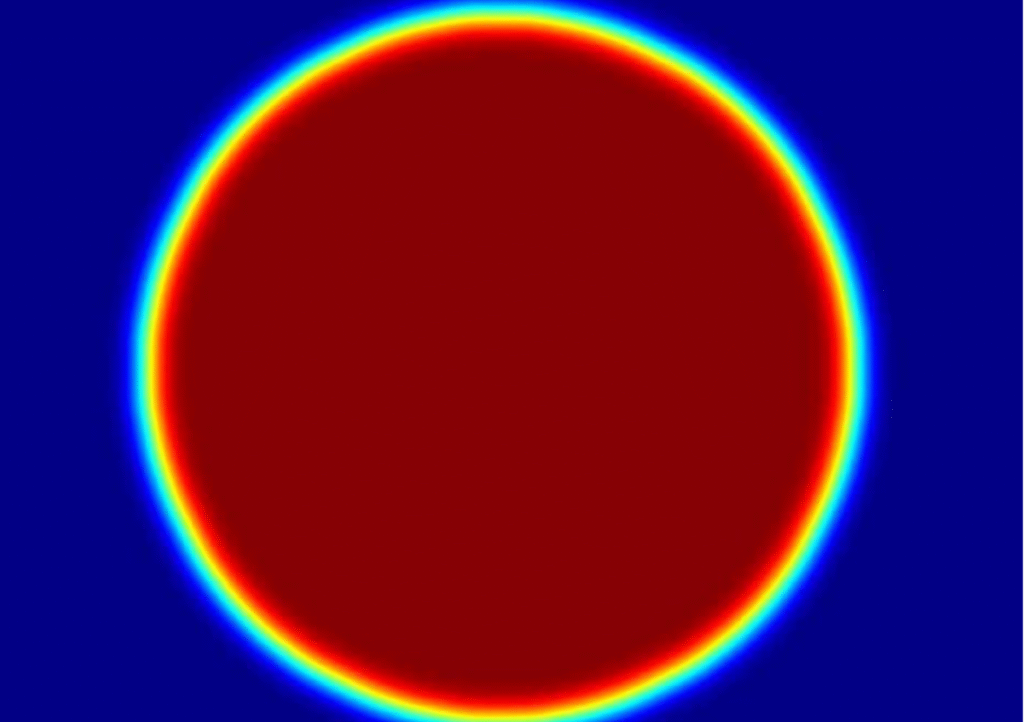If you’ve come across the term “vortex beam generation”, chances are you’re curious, maybe even a bit confused. What exactly is it? Why does it matter in optics, and why are researchers and engineers talking so much about it today? For many, the struggle begins with the complicated language around laser beams, orbital angular momentum (OAM), and specialized optics. But vortex beam generation is not just a fancy lab concept. It’s a powerful way to shape light for real-world uses, from advanced communication systems to precision medical tools. The challenge is that most explanations are filled with heavy theory. Our goal here is to simplify things, so you can finally understand what vortex beams are, how they’re generated, and why they’re so important.
What is a Vortex Beam?
A vortex beam is a laser beam with a “twist.” Unlike normal laser beams that travel in straight lines, vortex beams carry a property called orbital angular momentum (OAM). Imagine the wavefront of light shaped like a spiral staircase—this helical structure gives the beam its unique “vortex” character.
Why does this matter? Because that spiral shape allows the beam to carry information and energy in ways a regular laser cannot. This makes vortex beams extremely valuable in science and technology.
How Are Vortex Beams Generated?
The process of vortex beam generation typically involves specially designed diffractive optical elements (DOEs). These flat, micro-structured elements control the phase of incoming light, twisting it into the helical shape that defines a vortex.
There are different methods, but the principle is simple:
- A laser hits the DOE.
- The DOE reshapes the light’s wavefront into a spiral.
- The output is a vortex beam with controlled orbital angular momentum.
- Because DOEs are compact and precise, they make vortex beam generation efficient and highly adaptable.
Why Vortex Beam Generation Matters
Data Transmission – Vortex beams can carry multiple data channels in a single beam, opening doors for high-capacity optical communication.
Medical Applications – From laser surgery to advanced imaging, the controlled structure of vortex beams provides higher accuracy.
Industrial Use – In material processing, vortex beams enable cleaner and more precise results.
Research – Vortex beams are essential in studying quantum optics, particle manipulation, and fundamental physics.
FAQs
1. This all sounds too advanced… am I supposed to really understand vortex beams without a physics degree?
I get it, words like “orbital angular momentum” can make anyone’s head spin. But here’s the truth: at its heart, vortex beam generation is just about twisting light into a spiral. That’s it. The science can go as deep as you want, but the simple picture — reshaping a beam to carry more power and precision, is something anyone can grasp.
2. Are vortex beams just for scientists, or do they actually touch my world too?
They absolutely touch your world. Maybe not in ways you notice every day, but think about faster data transfer, safer medical tools, or cleaner manufacturing processes. All of these benefit from vortex beam technology. What once lived only in labs is quietly moving into the devices, networks, and systems we depend on.
